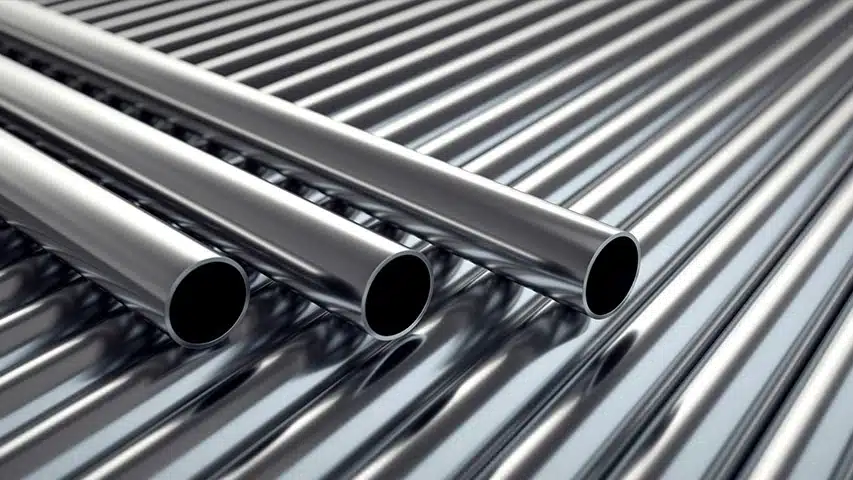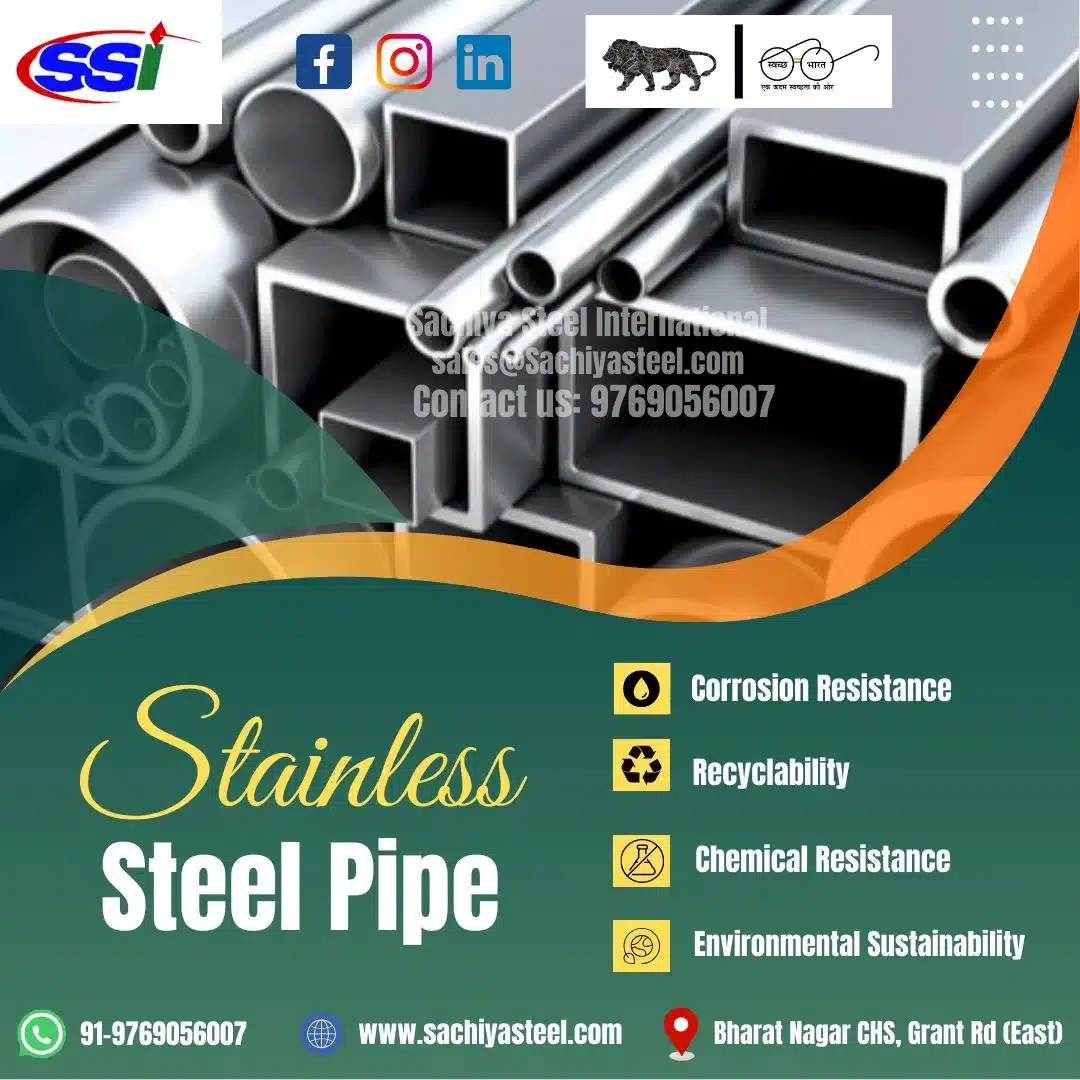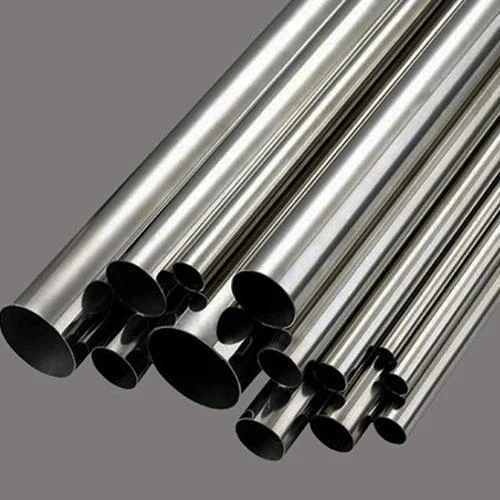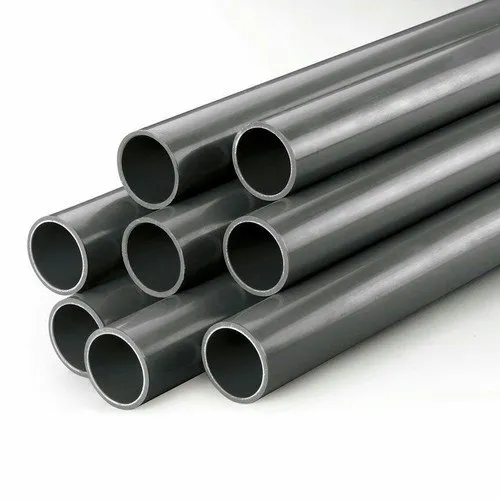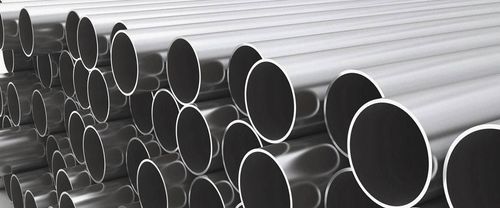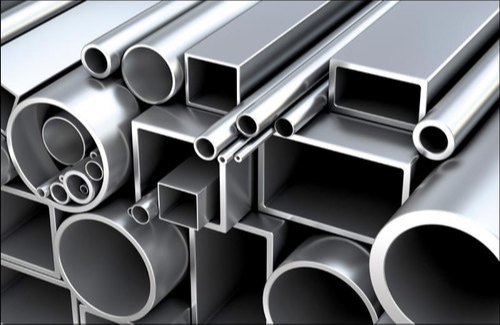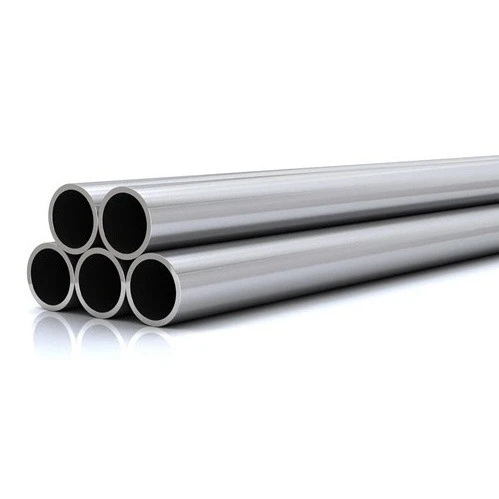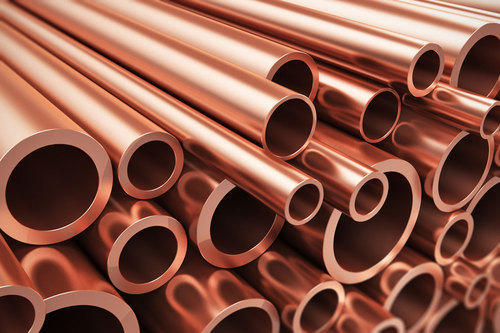Discover Current Stainless Steel Piping Prices in the United States
Stainless steel piping has become an indispensable element of many industries, from construction to manufacturing. Due to its durability, corrosion resistance, and versatility it has become an attractive choice for numerous applications; however, understanding how price influences Stainless Steel Piping Prices in the United States is crucial for businesses and consumers alike. We will explore market trends, influencers of pricing decisions, cost saving strategies as part of this comprehensive guide on stainless steel pricing in America.
Stainless Steel Piping Price List in the United States
| Diameter (Inches) | Thickness (Schedule) | Length (Feet) | Grade | Price (USD per Foot) |
|---|---|---|---|---|
| 1/2 | 40 | 20 | 304 | $10.50 |
| 3/4 | 40 | 20 | 316 | $14.20 |
| 1 | 10 | 20 | 304L | $18.75 |
| 1 1/4 | 10 | 20 | 316L | $22.90 |
| 1 1/2 | 20 | 20 | 304 | $27.80 |
| 2 | 20 | 20 | 316 | $33.40 |
| 2 1/2 | 30 | 20 | 304L | $41.60 |
| 3 | 30 | 20 | 316L | $48.90 |
| 4 | 40 | 20 | 304 | $62.10 |
| 5 | 40 | 20 | 316 | $78.50 |
| 6 | 40 | 20 | 304L | $94.20 |
| 8 | 40 | 20 | 316L | $126.80 |
| 10 | 40 | 20 | 304 | $184.50 |
| 12 | 40 | 20 | 316 | $216.30 |
Understanding Stainless Steel Piping Prices in the US:
Stainless steel piping prices fluctuate due to a number of key factors in the United States market. One key determinant is market demand and supply dynamics – when demand exceeds supply, prices usually rise and vice versa; economic factors, including geopolitical tensions, trade policies, and currency fluctuations all play a part in creating pricing volatility.
Additionally, grade and quality of stainless steel play a significant role in its pricing. Each grade features different compositions and properties that determine its suitability for specific applications; higher grade stainless steel is often commanding higher prices due to its increased corrosion resistance and durability.
As previously discussed, pipe diameter, thickness and length all impact its price. Pipes with larger diameters and thicker walls tend to cost more due to increased material requirements and manufacturing complexity; longer lengths incur increased transportation and handling expenses that contribute to variations in pricing variations.
Tracking Market Trends and Price Outlook:
Monitoring market trends is vital for accurately anticipating fluctuations in stainless steel pipe price fluctuations. Over recent years, the US has witnessed steady demand growth for stainless steel piping driven by expanding industries like construction, oil and gas extraction and automotive production – leading to price increases with occasional periods of stability.
However, the market remains susceptible to external factors, such as trade disputes, raw material costs and global economic conditions. Tariffs on imported steel imposed as part of trade policies can impact domestic stainless steel prices significantly; similarly fluctuations in nickel and chromium prices – primary components of stainless steel – directly influence its cost.
Strategies for Cost Optimization :
Businesses and consumers have several effective strategies to minimize cost when buying stainless steel pipes, regardless of price fluctuations. Conduct a market analysis with several quotes from reliable suppliers to identify competitive pricing models.
Consider alternative grades and sourcing options when seeking savings opportunities. While higher-grade stainless may provide superior performance, lower grade alternatives can sometimes serve just as effectively at a reduced price point. Furthermore, exploring offshore production or bulk-buying arrangements could result in significant cost reductions.
Technical Details About Stainless Steel Pipe:
Stainless steel pipes are well-known for their extraordinary properties, making them indispensable in many industries. Here are some technical details highlighting its characteristics and specifications:
Material Composition:
Stainless steel pipes are composed of iron, chromium and nickel in various proportions as well as various amounts of alloying elements like molybdenum, titanium and manganese that work to increase corrosion resistance, strength and durability of stainless steel products.
Dimensions and Schedules:
Stainless steel pipes come in many dimensions, measured in nominal pipe size (NPS), outer diameter (OD) and wall thickness. Wall thickness can be further classified using schedules with Schedule 5S being the lightest and Schedule XXH being the heaviest; other popular schedules are 5S, 10S, 40S and 80S each designed for specific pressure and temperature applications.
Types of Stainless Steel Pipes:
There are various types of stainless steel pipes depending on their manufacturing process and end use requirements:
Seamless Pipes: Constructed without any weld seams, seamless stainless steel pipes offer uniform strength and corrosion resistance – ideal for high pressure and temperature applications.
Welded Pipes: Created through welding longitudinal or spiral seams, welded stainless steel pipes offer cost-effective solutions for less demanding applications that do not necessitate seamless pipes.
ERW (Electric Resistance Welded) Pipes: Produced through cold-forming flat strips of stainless steel into cylindrical forms and welding them using high frequency electric currents, these pipes offer excellent dimensional accuracy and surface finish.
LSAW (Longitudinal Submerged Arc Welded) Pipes: Produced by bending steel plates into cylindrical shapes and then welding their seams using submerged arc welding technology, these pipes are widely used for large diameter piping applications.
Surface Finishes
There are numerous surface finishes for stainless steel pipes available today, each providing aesthetic and functional advantages. Examples of common surface finishes for these products are:
Polished: When completed through either chemical or mechanical processes, polished stainless pipes produce a sleek and reflective surface which makes them suitable for decorative as well as sanitary purposes.
Satin: Satin stainless steel pipes feature a non-reflective surface which improves scratch resistance while simultaneously hiding fingerprints.
Pickling: Acid solutions can be used to remove impurities from stainless steel pipes in order to create a uniform surface with improved corrosion resistance and an appealing aesthetic. This process creates an alluring, clean appearance while enhancing their corrosion resistance.
About Sachiya Steel International: A Pioneer in Stainless Steel Pipe Manufacturing
Sachiya Steel International stands out in the United States stainless steel piping prices market as an innovative manufacturer and supplier, known for their commitment to quality, innovation and customer satisfaction. Through their years-long legacy of excellence Sachiya Steel International has become an esteemed name within global stainless steel piping industry.
At Sachiya Steel International, quality is not simply an ideal; it’s our way of life. Our rigorous quality control standards throughout the manufacturing process guarantee that each stainless steel pipe bearing our name meets industry benchmarks for performance, durability, and reliability. From using only premium-grade raw materials to employing advanced manufacturing techniques – Sachiya Steel’s unwavering commitment to excellence shows in all its products!

